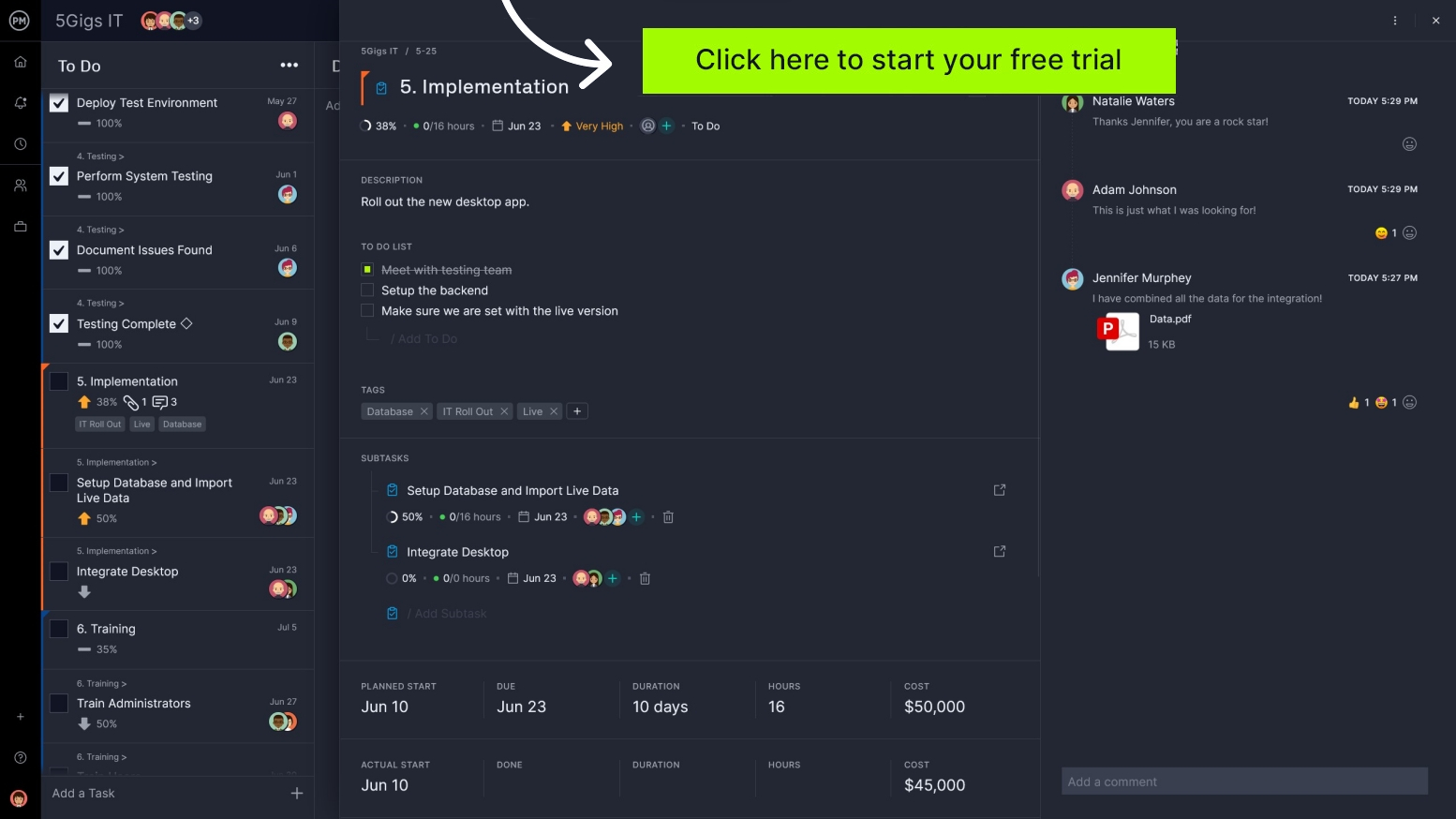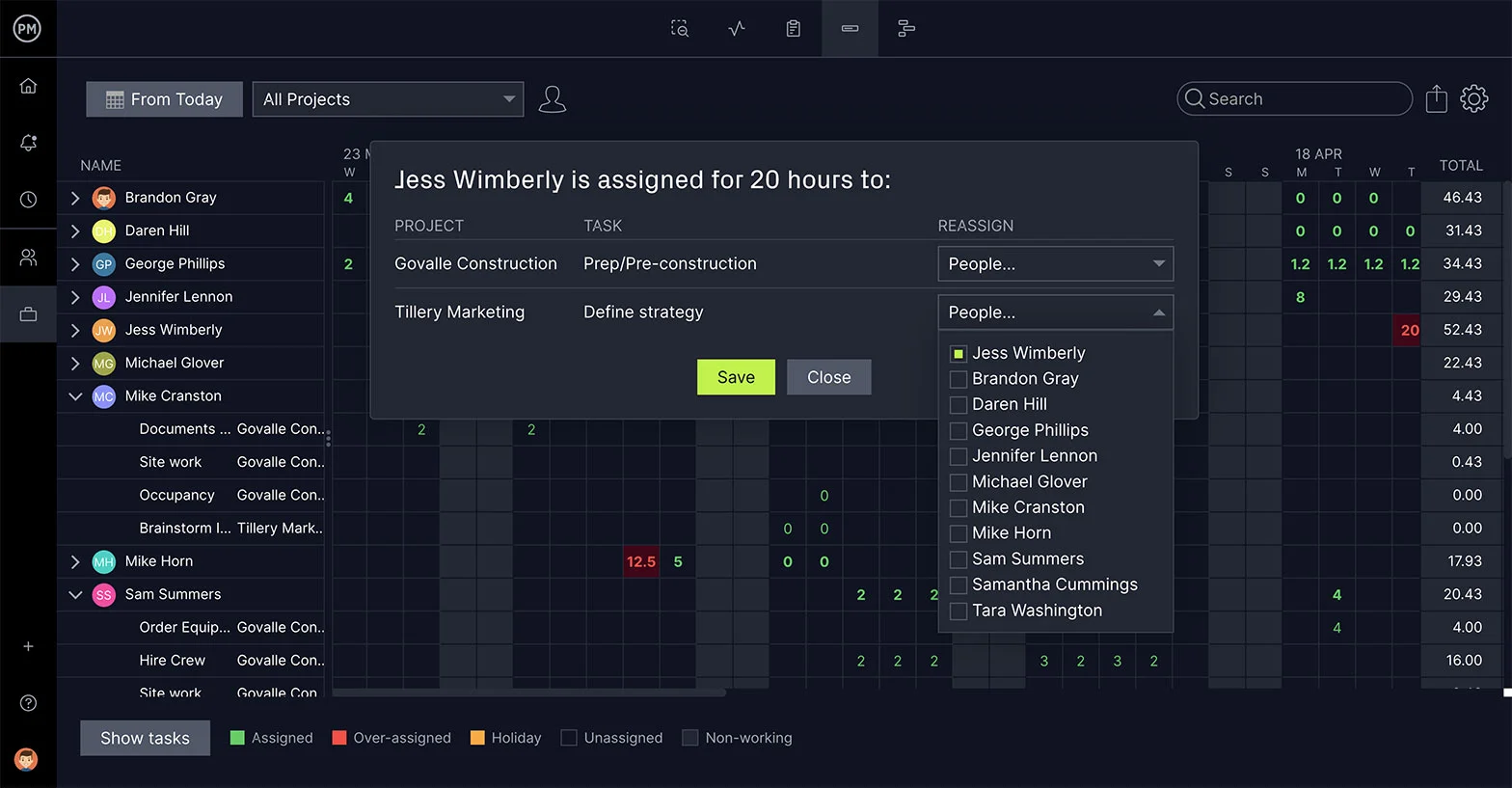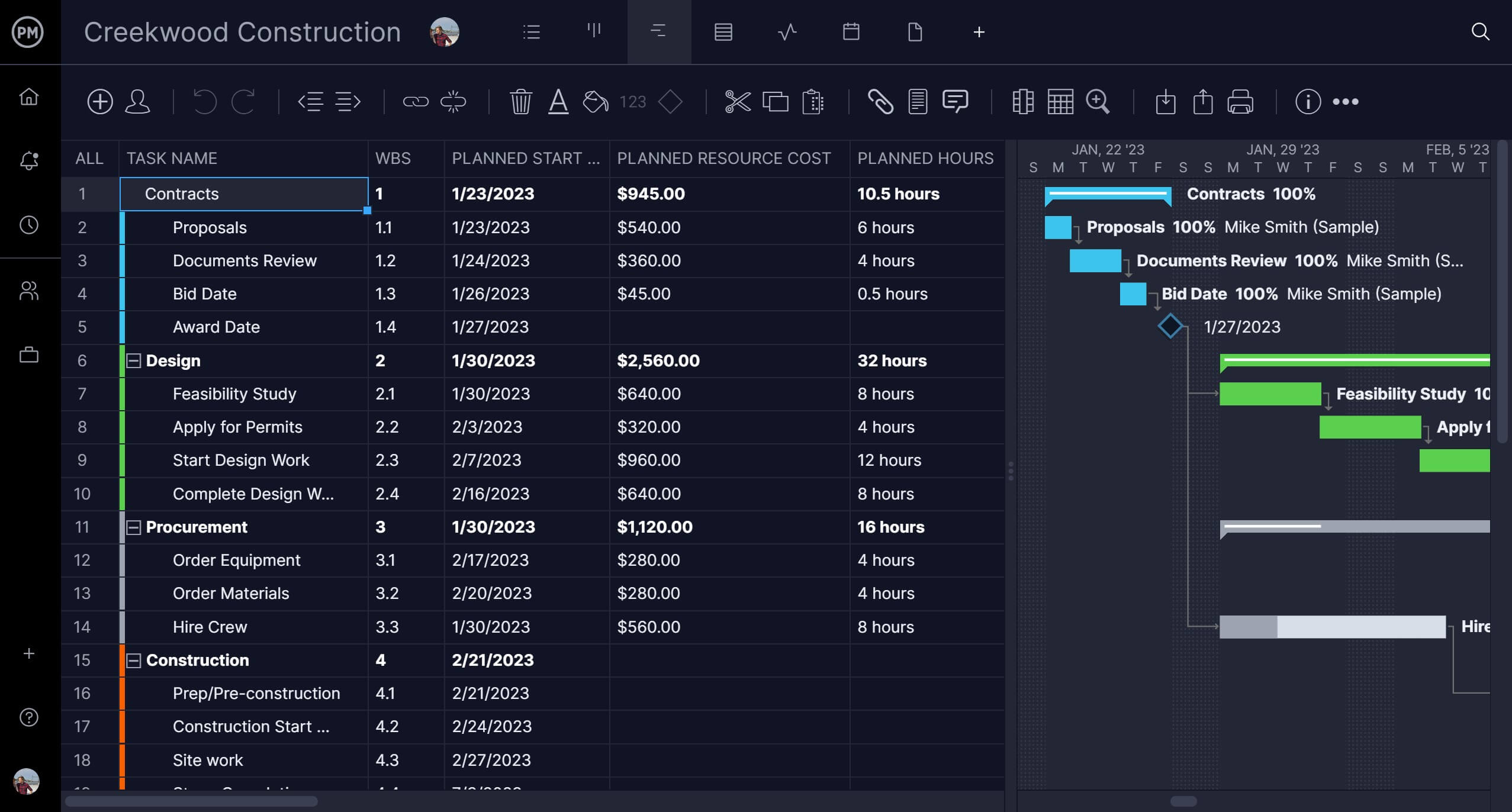A lien is the legal right to hold onto property that belongs to another person until that person pays off their debt. It’s a form of collateral to ensure a debt is satisfied. This could be a sticky point in construction, which is why a lien waiver is used in that industry.
A lien waiver form between the payer and counterparty, which is just a fancy way of saying the seller, is commonly used in the construction industry. To fully understand the importance of a lien waiver, let’s first define it, explain its importance in construction and identify the different types of construction lien waivers.
What Is a Lien Waiver Form?
A lien waiver form is a legally binding document that states that the contractor, subcontractor or supplier has received payment for their service or materials. The waiver part means that they won’t file a mechanic’s lien (a hold filed by the unpaid contractor, subcontractor or supplier, which can lead to a foreclosure action and sale in lieu of compensation) on the property. The lien waiver form is essentially a receipt for payment.
Lien waivers are used in construction and in California are even regulated so that everyone involved in the construction project must follow the rules laid out in California’s mechanic’s lien rules. For example, in California, a specific form template must be used when exchanging lien waivers on a construction job.
Lien waivers are sometimes referred to as lien releases and are exchanged at the time of payment on a construction project. Subcontractors and suppliers will often include a lien waiver form with their pay applications or invoices. When the subcontractor or supplier signs a lien waiver, they give up the right to file a mechanic’s lien for the amount that’s listed on the lien waiver.
To track and collect on these lien waivers, general contractors, property developers and construction lenders use project management software. ProjectManager is award-winning construction project management that has unlimited file storage to keep all your lien waivers in one place making them easily accessible. Our collaborative platform connects general contractors and property owners to subcontractors and suppliers, allowing them to share files and comment in real time. Get started with ProjectManager today for free.

Why Are Lien Waiver Forms Important In Construction?
We’ve explained what a lien waiver is, but why are they so important in construction project management? For one, they protect the paying party. By legally documenting that the payment has been made and that it has also been acknowledged by the payee, the project owner can rest assured that they won’t be paying twice for the same materials or services.
Another advantage of using a lien waiver form is that it builds relationships. These documents don’t just benefit the paying party by protecting their investment. Using a lien waiver form is a stepping stone to developing a mutually beneficial relationship between all parties involved and building trust between construction companies.
While we mentioned that the lien waiver protects the party making the payment by ensuring they don’t pay twice for the same thing, there are also advantages for the payee. Using a lien waiver speeds up the payment process and everyone likes to get their money faster.
Some general contractors and property owners are reluctant to send checks unless a lien waiver has been signed. Therefore, having a signed lien waiver with the invoice facilitates the payment process by ensuring that the money is on its way. Lien waivers also guarantee that the conditions of the agreement between all parties will be met.
Types of Construction Lien Waivers
There’s more than one type of lien waiver in the construction industry. In the most general sense, they can be divided into two distinct types, one being conditional (in effect once a predetermined condition, such as payment, is fulfilled) and the other being unconditional (effective as soon as it’s signed). There are two types of each of these construction lien waivers. All four construction lien waivers are defined below.
Conditional Waiver on Progress Payment
This is sent with a contractor’s request for payment. It says that once the contractor is paid for the service or materials throughout the billing period, they’ll then release any future lien claim on the property that’s related to the work they did. There can be exceptions to this, such as in-progress change orders which are noted in the release, including the amount. This type of lien waiver is used when a project has multiple invoices, such as a contractor who is paid for work performed, on a cost plus, percentage complete or milestone basis.
Unconditional Waiver on Progress Payment
Here a waiver is given once payment has been received. This then unconditionally releases all claimant rights through a specific date, which is where it gets its name. This means that payment is in hand.
Conditional Waiver on Final Payment
This waiver is part of the final billing and releases all claimant rights to file a mechanics lien once payment has been made. It’s part of a contractor’s final billing and request for retention. It’s part of the project closeout phase in which all documentation and procedures are completed.
Unconditional Waiver on Final Payment
All rights of the claimant to place a mechanic’s lien on the owner’s property are released with this waiver. Contractors issue this release only after payment has been made in full and, if by check, that check has cleared the bank. If the check bounces, but the contractor has signed the unconditional waiver on final payment, then the contractor loses both their rightful payment and the ability to put a lien on the property.

Lien Waivers vs. Lien Releases
Lien waivers mean different things depending on where in the country you’re working. You may hear the term lien waiver referred to as a lien release or a waiver of a lien. That’s only two of many variations. For example, in California, a lien waiver is referred to as a waiver and release. Note that some states have regulations and others don’t. Research the law in the state where you’re working.
Lien waivers are generally used to prevent a mechanics lien on the property or materials, while a lien release is used to cancel a lien after it’s been filed. It’s sometimes referred to as a lien cancellation. They’re different documents so it’s important to know what terminology is being used and then use it correctly.
Related: 20 Free Excel Construction Templates
Construction Lien Waiver Best Practices
For the lien waiver process to go smoothly and to ensure both parties benefit, it’s important to understand that once signed, an unconditional waiver is enforceable. Therefore, make sure the money is in the bank; if the check bounces, it’s the contractor who has no lien rights and no payment.
Conditional waivers are a safer bet because they protect the contractor or supplier from losing lien rights without getting paid first. It also specifies the through date (end date for the waiver) and ensures that the lien rights will be waived only once payment is received.
Also, understand the regulations in the state in which you’re doing business. There are 12 states in the United States that require specific lien waiver forms. If you use something different, it’s invalid. It’s equally important to read the lien waivers for the other 38 states and make sure there aren’t any concessions that you’re not in agreement with. Don’t sign any lien waiver until you know exactly what it says.
Sometimes it’s best to retain a lawyer if you don’t feel comfortable understanding the document. When you’re ready to sign, you can or you can appoint an agent, such as an attorney, to sign for you.
Manage Your Construction Projects With ProjectManager
Lien waivers are only part of the larger process of construction project management. ProjectManager is award-winning construction project management software that helps you plan, manage and track your projects in real time. Use our tool to take you from design to scheduling and the build itself, managing your crew on the job site and architects and engineers back in the office, all with real-time data to keep everyone connected.
Use Multiple Project Views
The product owner, general manager, contractor, architect and engineer don’t use the same tools to get their jobs done. That’s why we have multiple project views to let everyone work how they want. General managers can schedule on robust Gantt charts that link all four task dependencies, filter for the critical path and set baselines to track project variance. There are also task lists for the crew on site to focus on their tasks, kanban boards for visualizing workflow for architects and engineers and calendars for owners to track progress.

Manage Resources With Timesheets
We have resource management tools to keep teams working productively and track the supplies, materials and equipment they need to execute their tasks. Our resource management tools make sure your team is working at capacity. Color-coded workload charts allow you to see who’s overallocated and reallocate tasks from that chart to balance workload and keep teams productive. Secure timesheets not only streamline the payroll process but also track the hours teams are putting into their tasks and keep managers informed.

ProjectManager has the features construction companies need to deliver successful projects. From Gantt charts to team scheduling, real-time dashboards for a high-level view to customizable reports when you want more detail. Email and in-app alerts to keep you updated on comments and changes. There’s even a mobile version to use in the field.
ProjectManager is cloud-based construction project management software that empowers teams to plan, manage and track their projects in real time. With resource management, task management and risk management features to ensure that you deliver the project on time and on budget, you have total control over your work. Get started with ProjectManager today for free.


